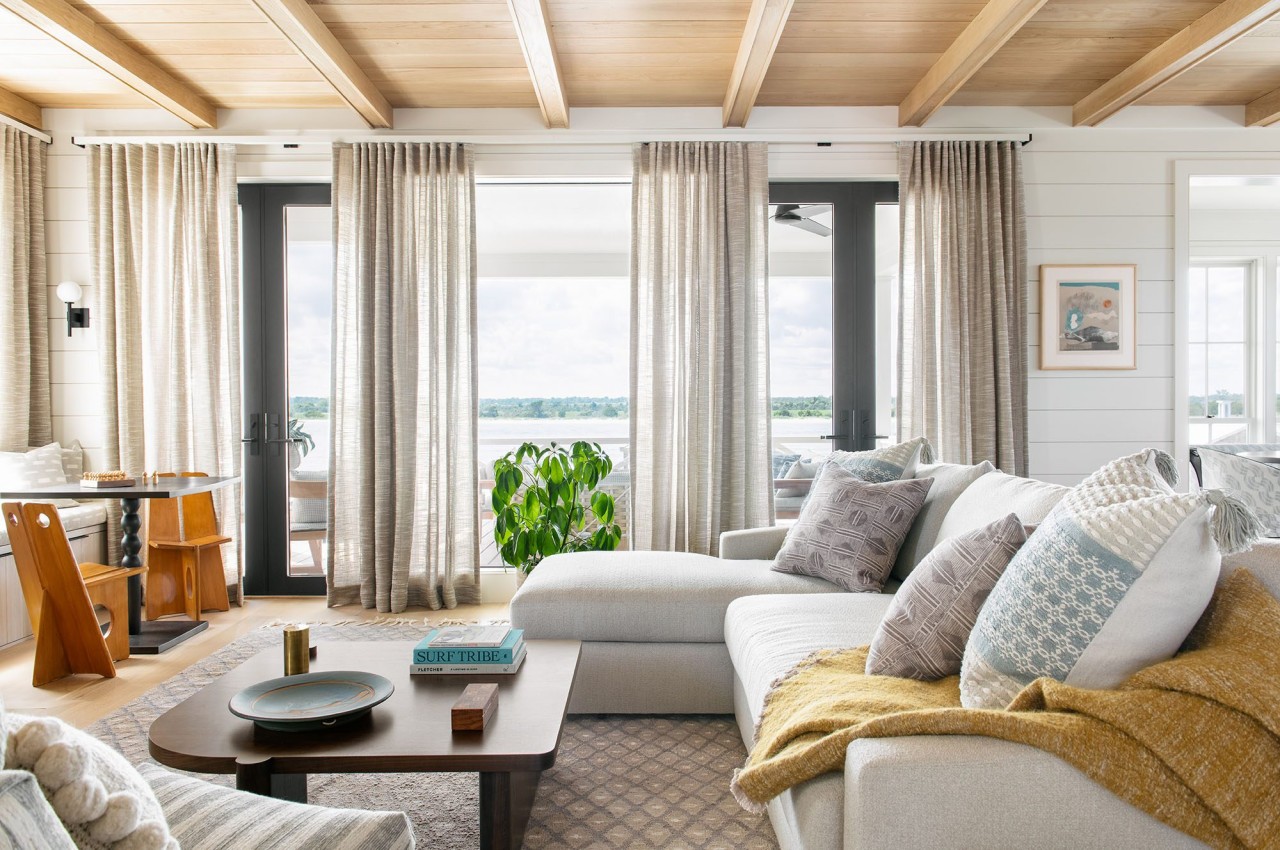
Let’s admit it. We live in a world where the increasing effects of climate change and the scorching summer heat is unbearable in many areas. As the temperatures continue to rise, it can be challenging to keep your home cool during the summer without relying on an air conditioner. In addition, the summer heat can lead to heat strokes and exhaustion, making it crucial to implement these methods to keep your home cool without using an AC. By reducing our dependence on air conditioning, we can not only lower our electricity costs but also contribute to a more environmentally friendly approach.
Designer: Cortney Bishop
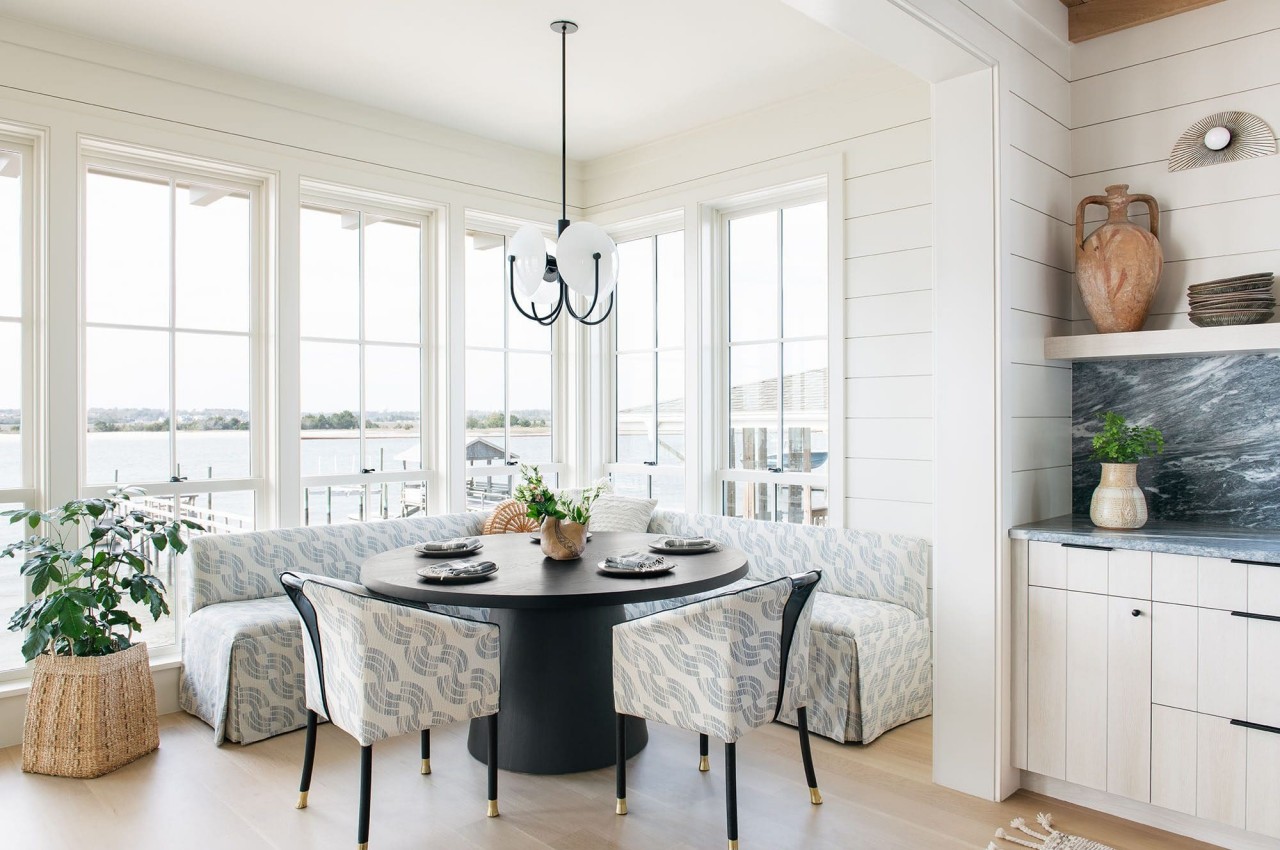
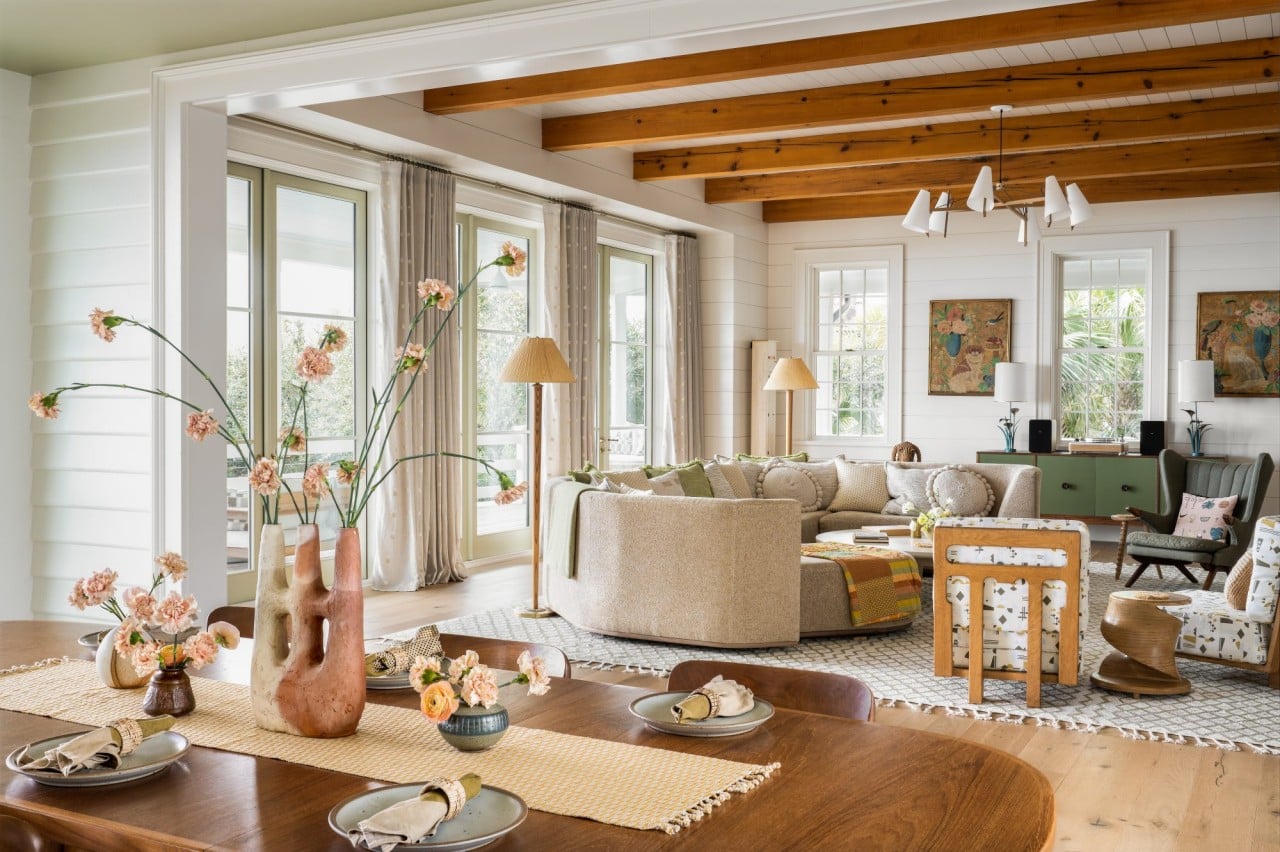
Use Curtains and Drapes
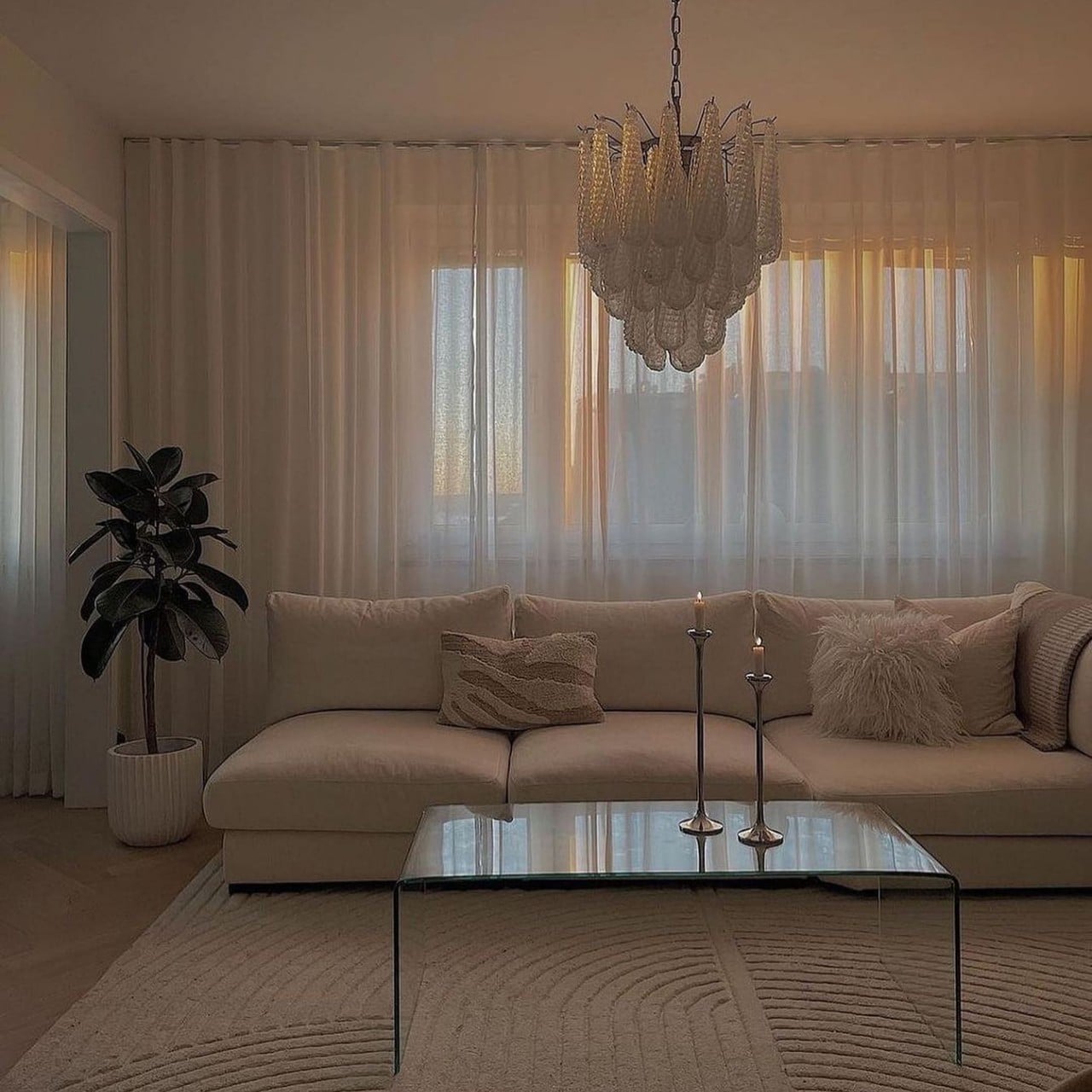
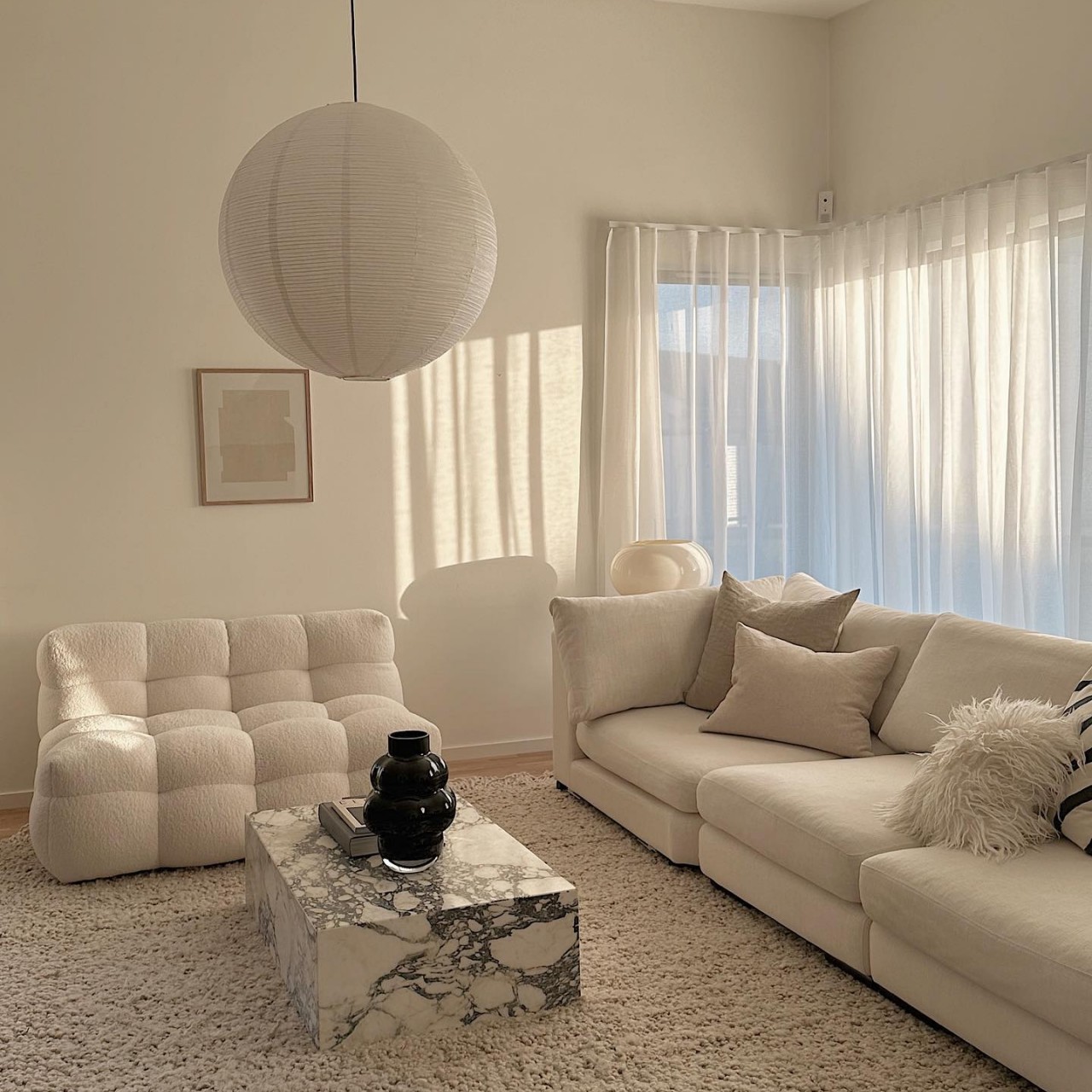
Designer: Helena Jonsson
Leaving windows uncovered during peak sun hours allows a significant amount of heat to enter your home. Research shows that about 75 percent of sunlight transforms into heat that can penetrate indoors. By covering your windows, especially if they are north or west facing with curtains and drapes, you can prevent the harsh rays of the sun from entering the interiors. Opt for blackout curtains as they act as protective barriers, reflecting sunlight and reducing heat by approximately 33%.
Install Double-Glazed Windows
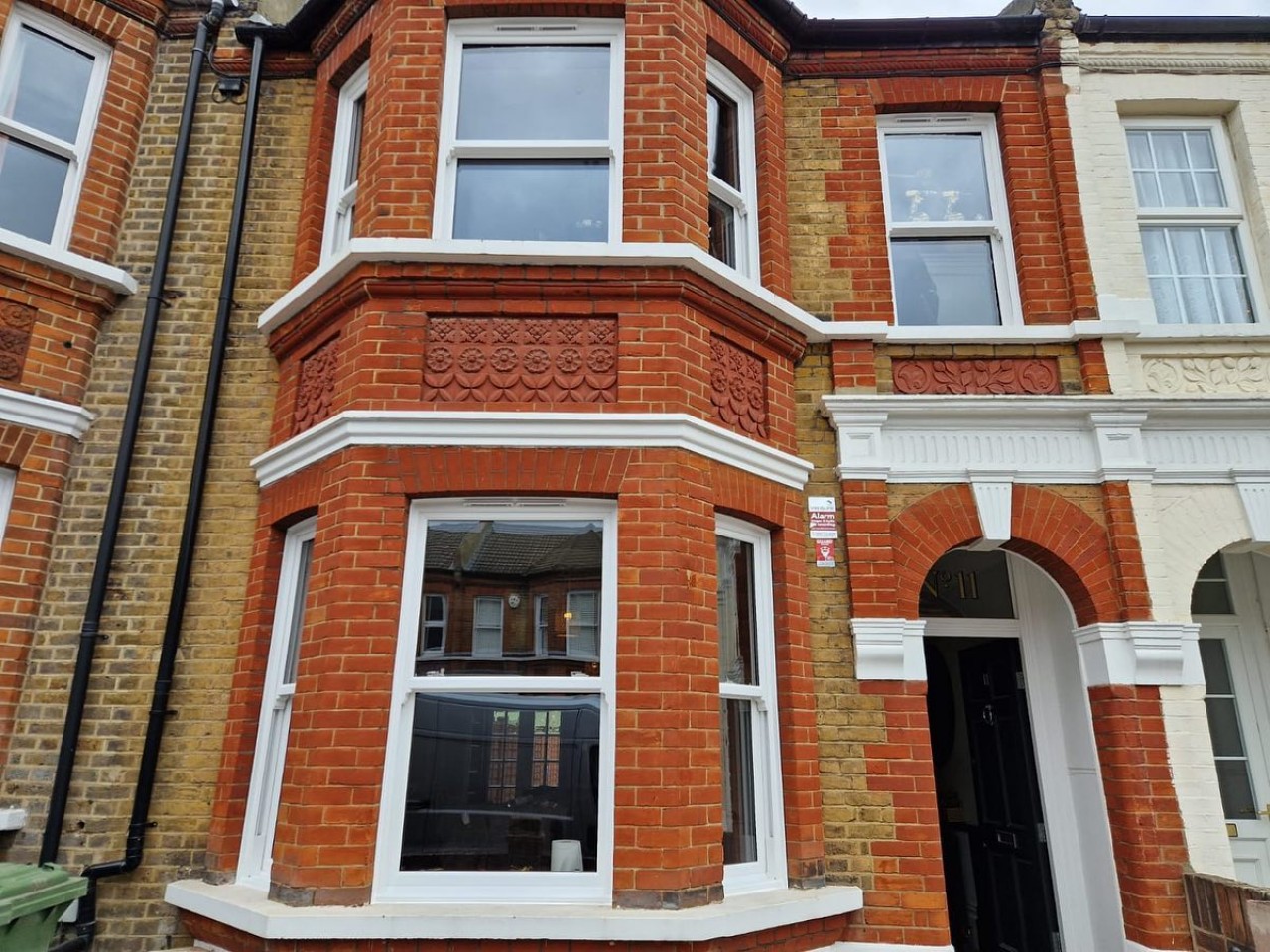
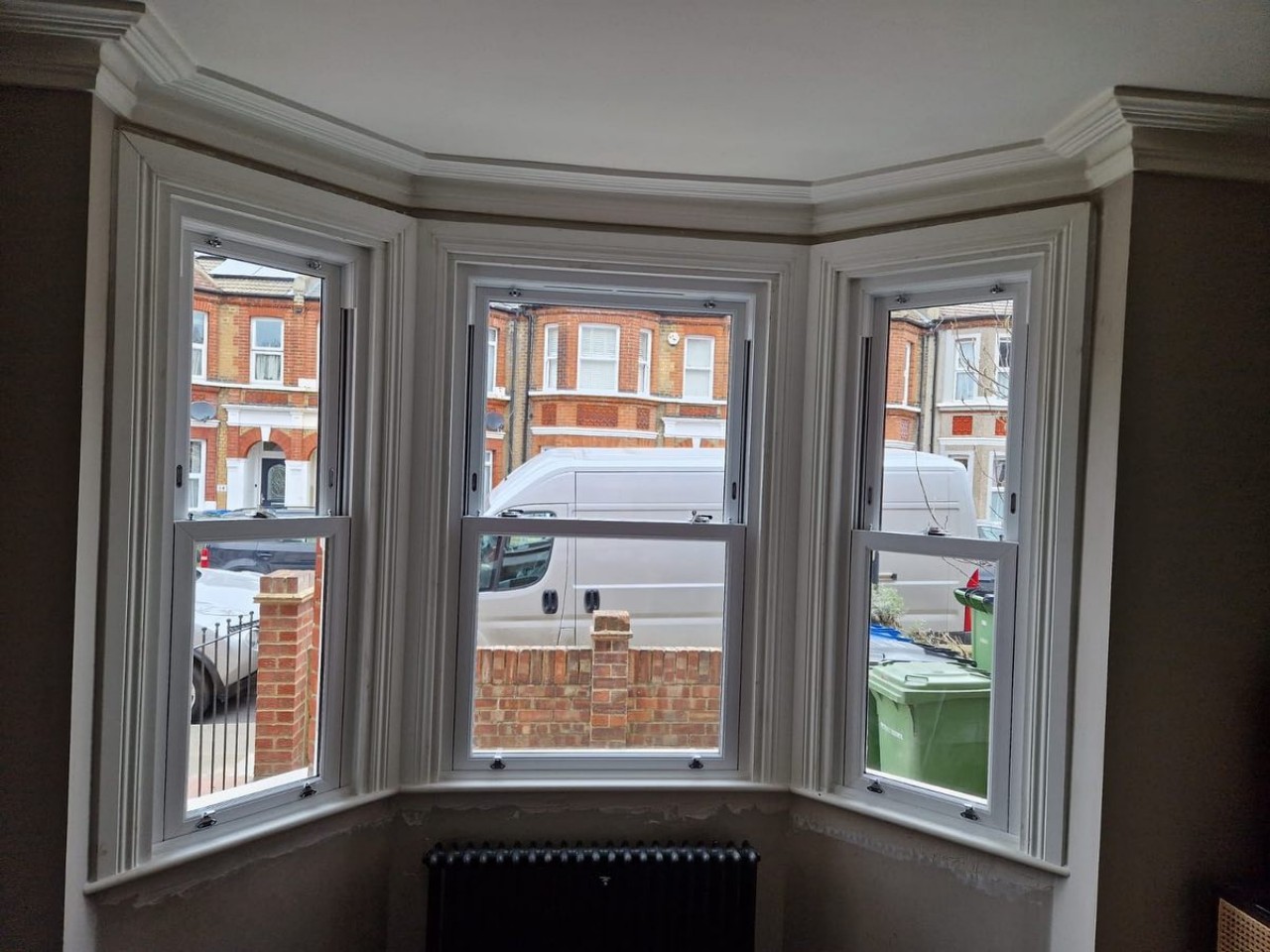
Designer: U Fit Sash Windows
Double-glazed or insulated windows provide excellent thermal insulation, reducing the amount of heat that enters or exits your home. These modern aluminum or uPVC windows consist of two glass panes filled with inert gases like xenon, argon, or krypton, creating an insulating barrier between the indoors and outdoors. This is an effective way to enhance your air conditioner’s performance, reduce power consumption, and minimize your carbon footprint.
Unplug Appliances
Plugged appliances have the tendency to emit heat even when they are not in use. Hence remember to unplug appliances such as TVs, laptops, dishwashers, washing machines, and dryers, as they can emit heat and contribute to the increase in the indoor temperature. If you are planning to buy a new air conditioner, consider one with a high energy-star rating that can reduce the running cost of the AC.
Install Awnings
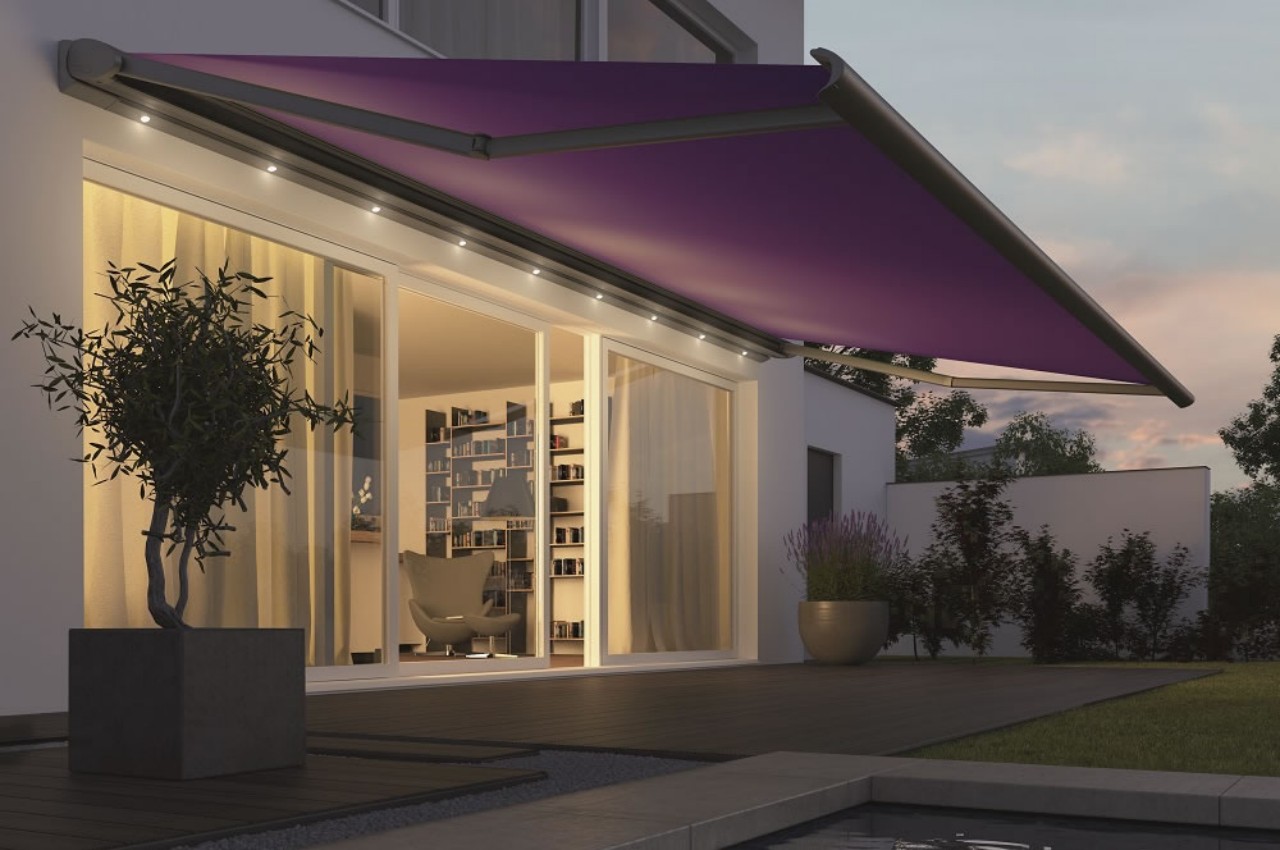
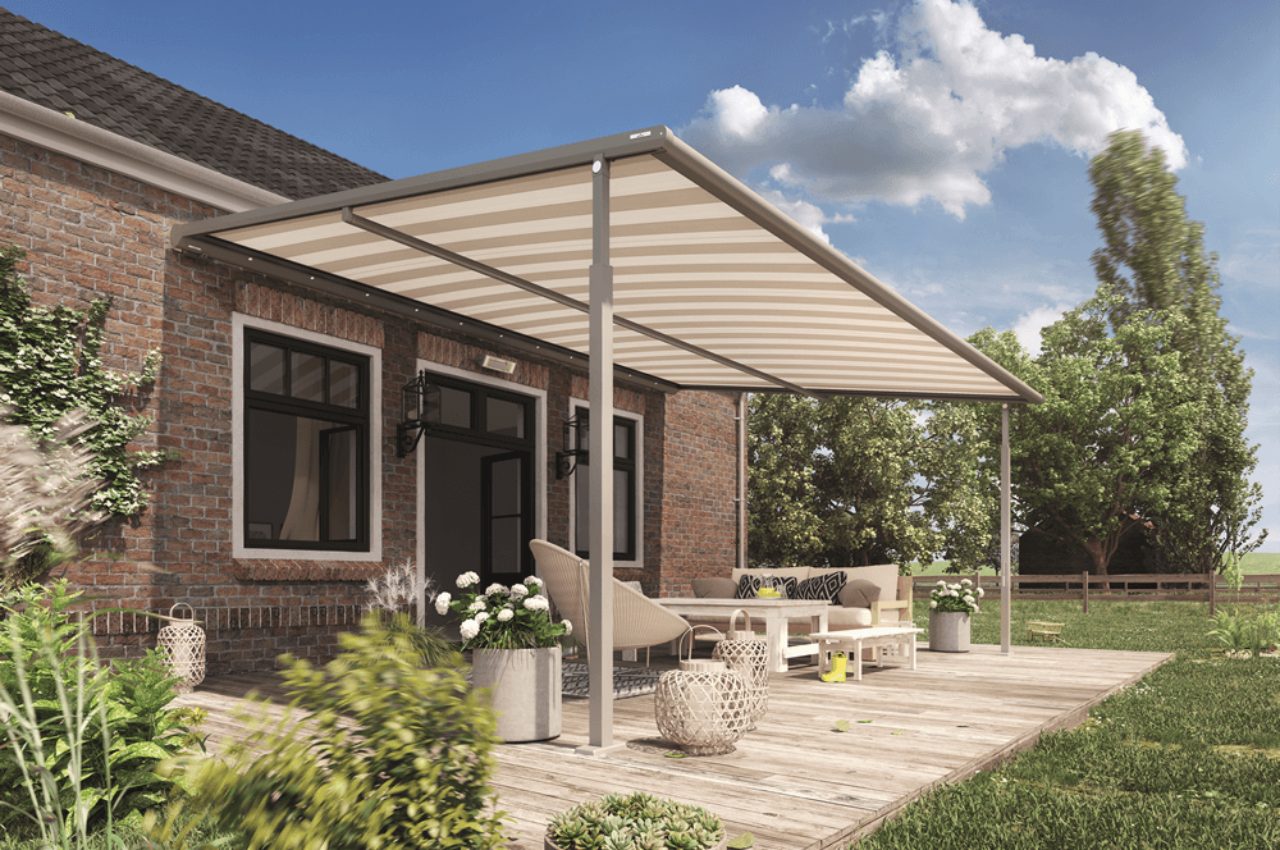
Designer: The Terrace Room Company
By installing awnings above windows, you can significantly reduce the amount of heat that comes in. Awnings are available in four shapes, namely sloped, domed, concave, and convex; they can be fixed or retractable and can provide external shading to the windows. They are available in fabric, metal, and polycarbonate.
Insulate Doors and Windows
Weather stripping and caulking around doors and windows is a cost-effective method of preventing heat from entering the indoors. Hence if you notice any gaps in external doors and windows, seal them using weather stripping.
Keep Windows Closed During the Day
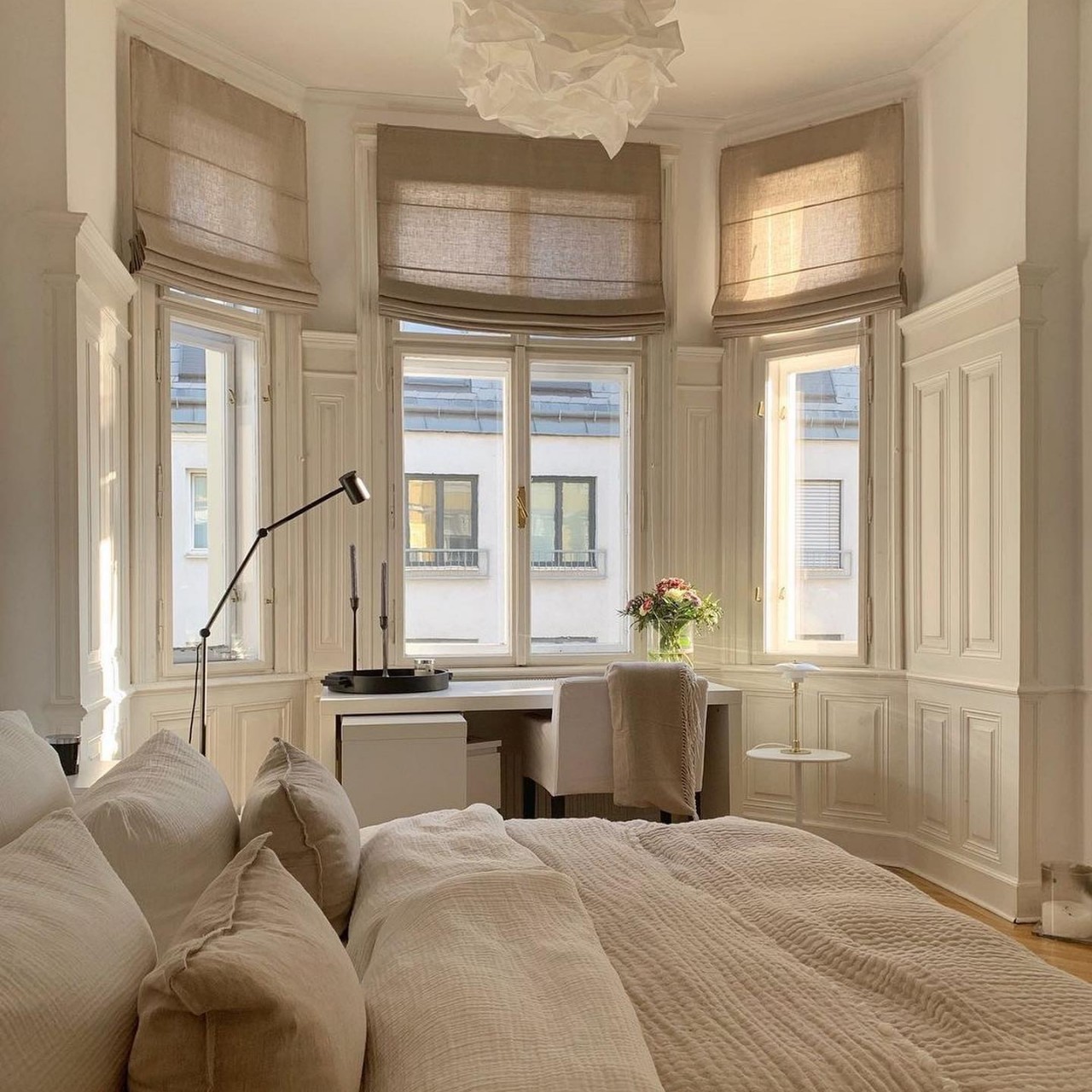
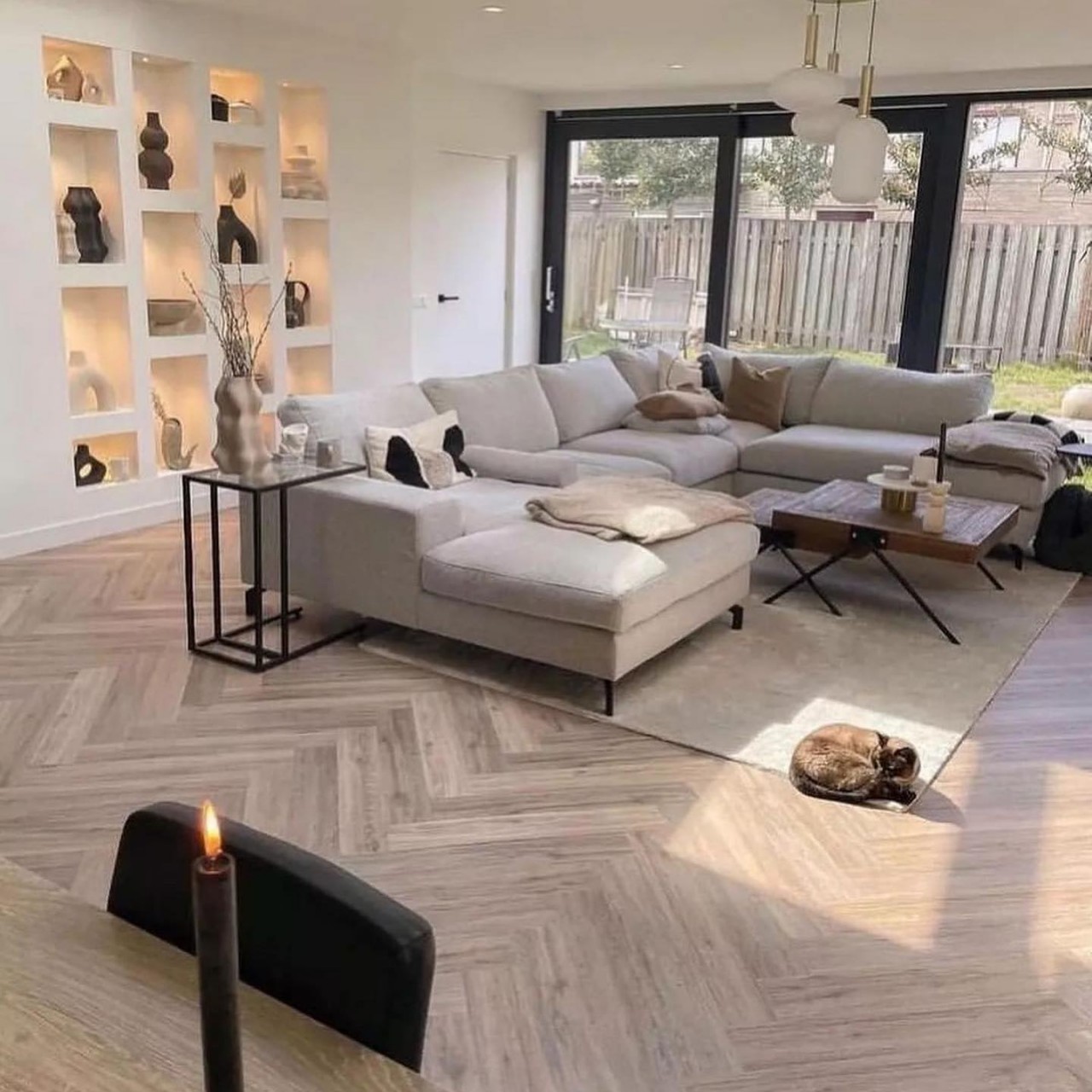
Designer: Classy Homes
If the outdoor temperature is higher than the indoor temperature, it is advisable to keep the windows closed. This helps maintain a cooler environment inside your home for a longer period. However, if the temperature cools down at night, you can open the windows before going to bed or early in the morning to let in the cool air. Remember to close the windows when the temperature starts to rise. Additionally, close the doors of any unused rooms, especially if you have a central air conditioning system, to optimize cooling efficiency.
Cross Ventilate
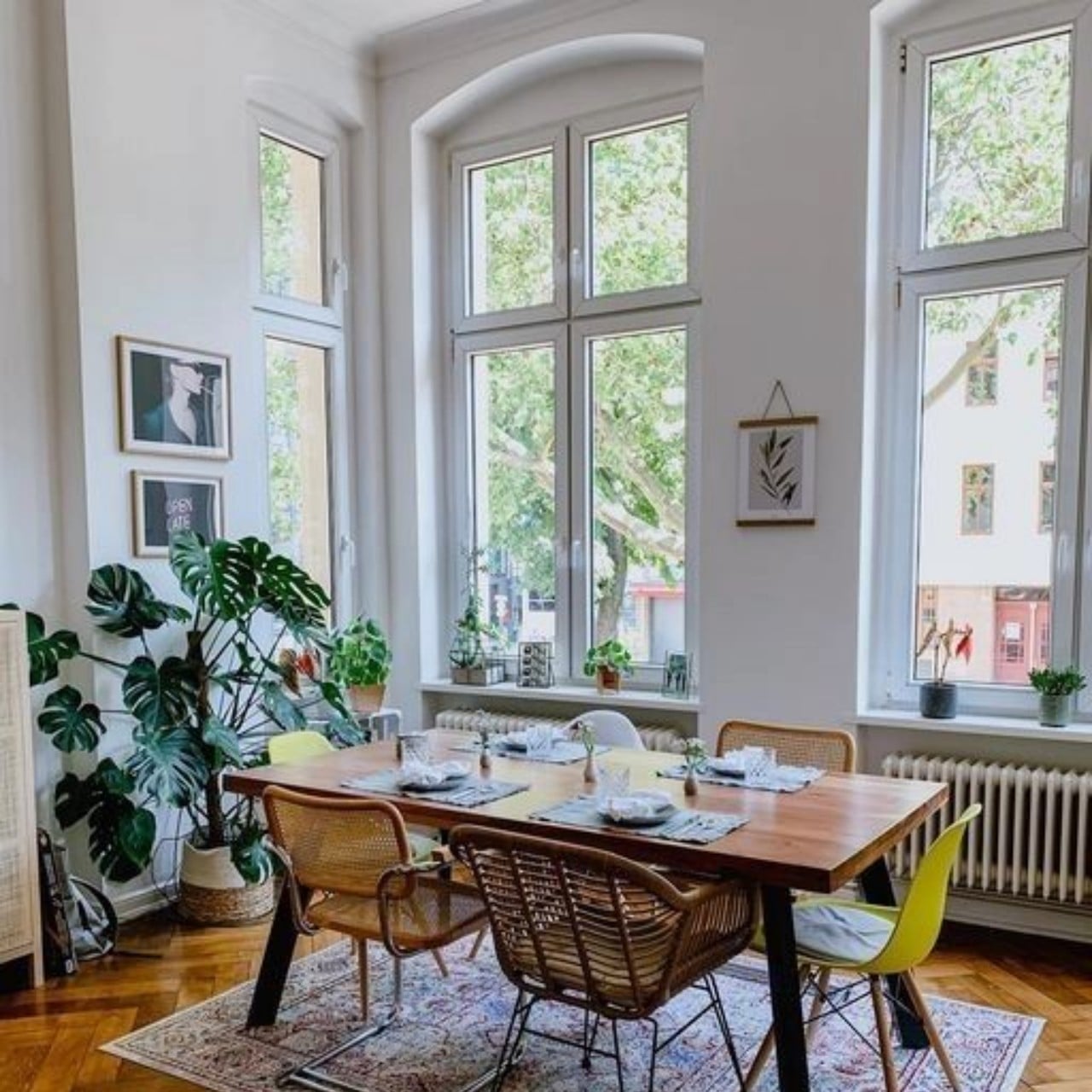
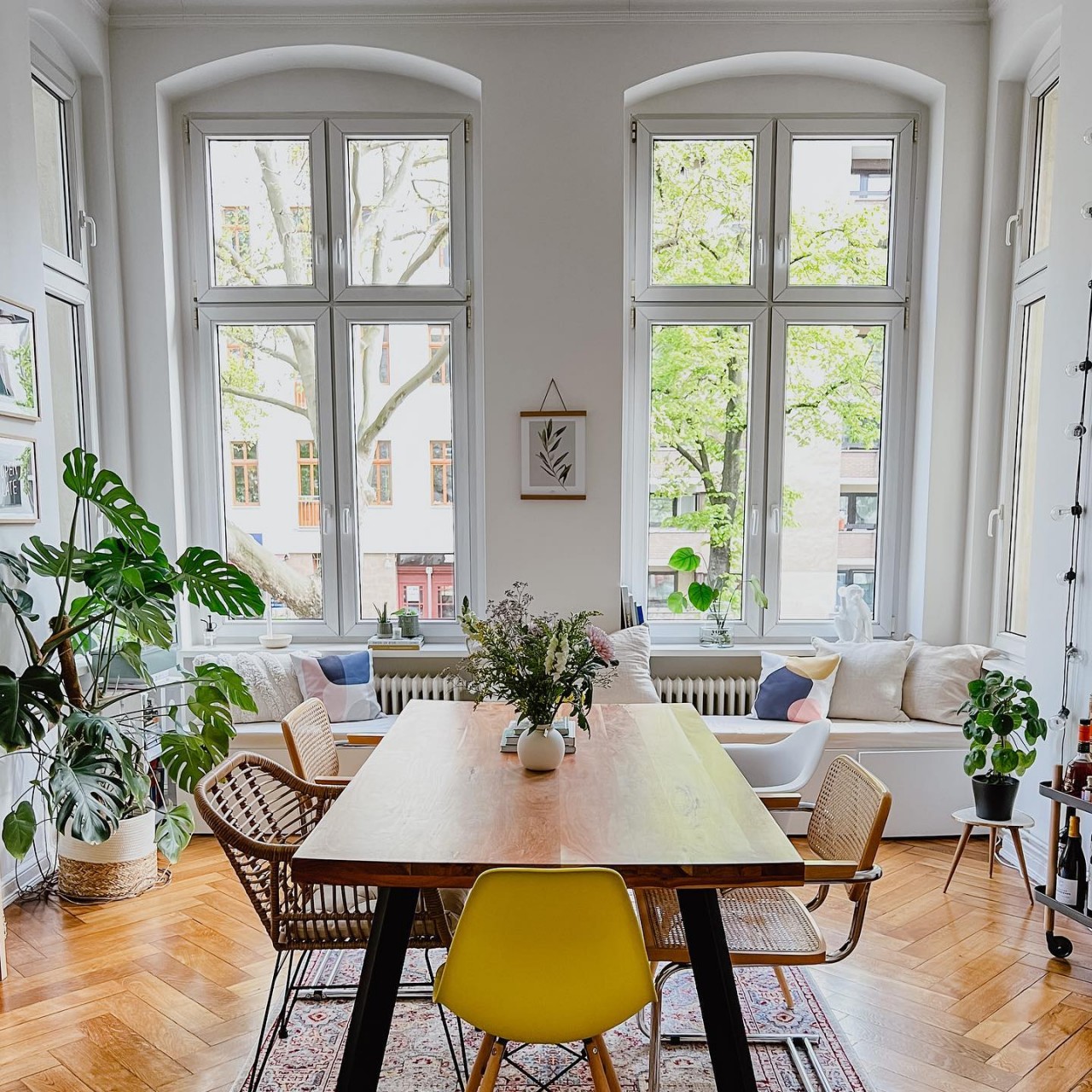
Designer: Romina (toujourspaloma)
Cross ventilation keeps your indoors cool by allowing free airflow through doors and windows. If you have two windows that are opposite or diagonally opposite each other, open them to promote cross ventilation. However, this should be done early morning or after sunset so that the cool breeze enters and facilitates cross-ventilation. It’s a great way to reduce indoor temperature and minimize the need for air conditioning.
Switch on the Fan
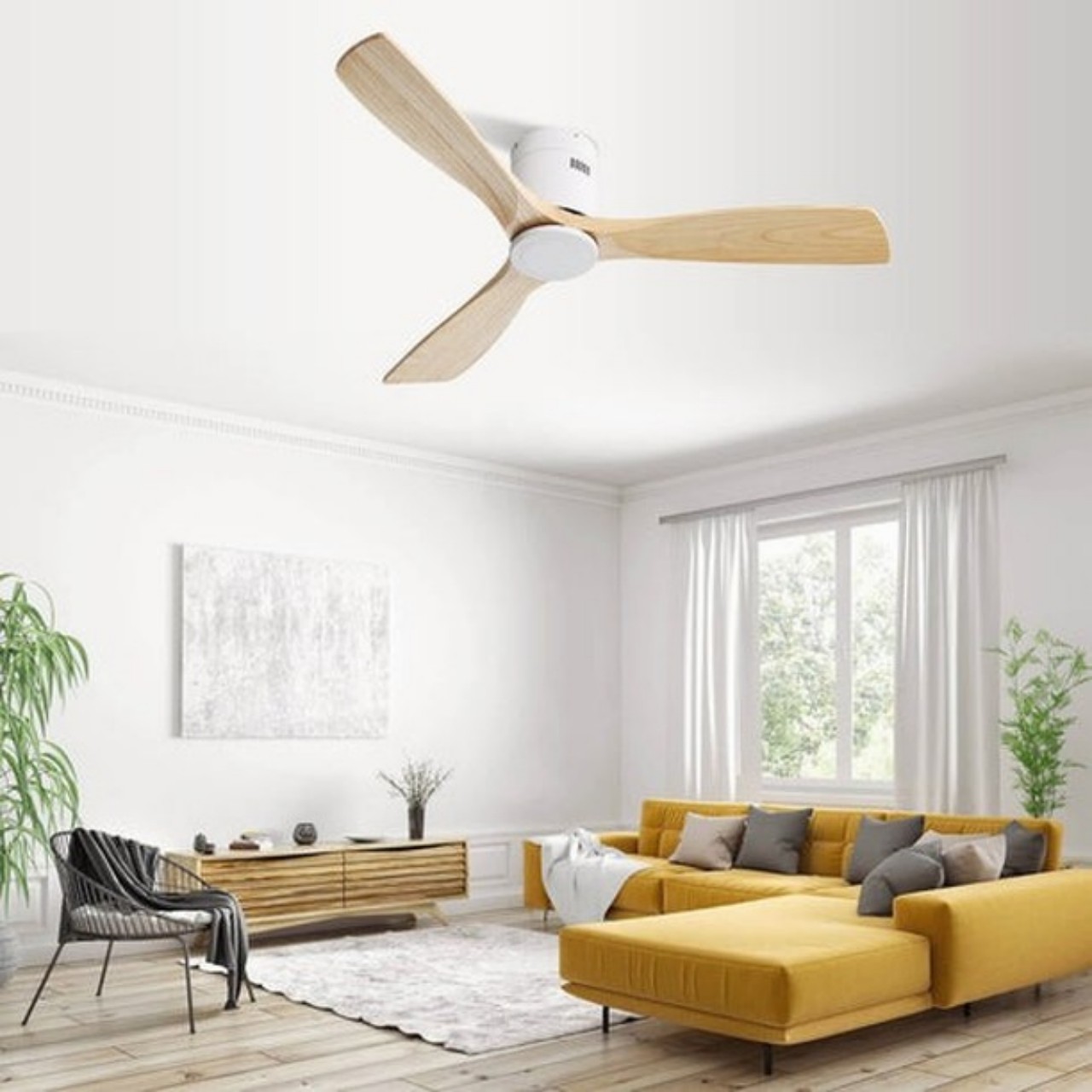
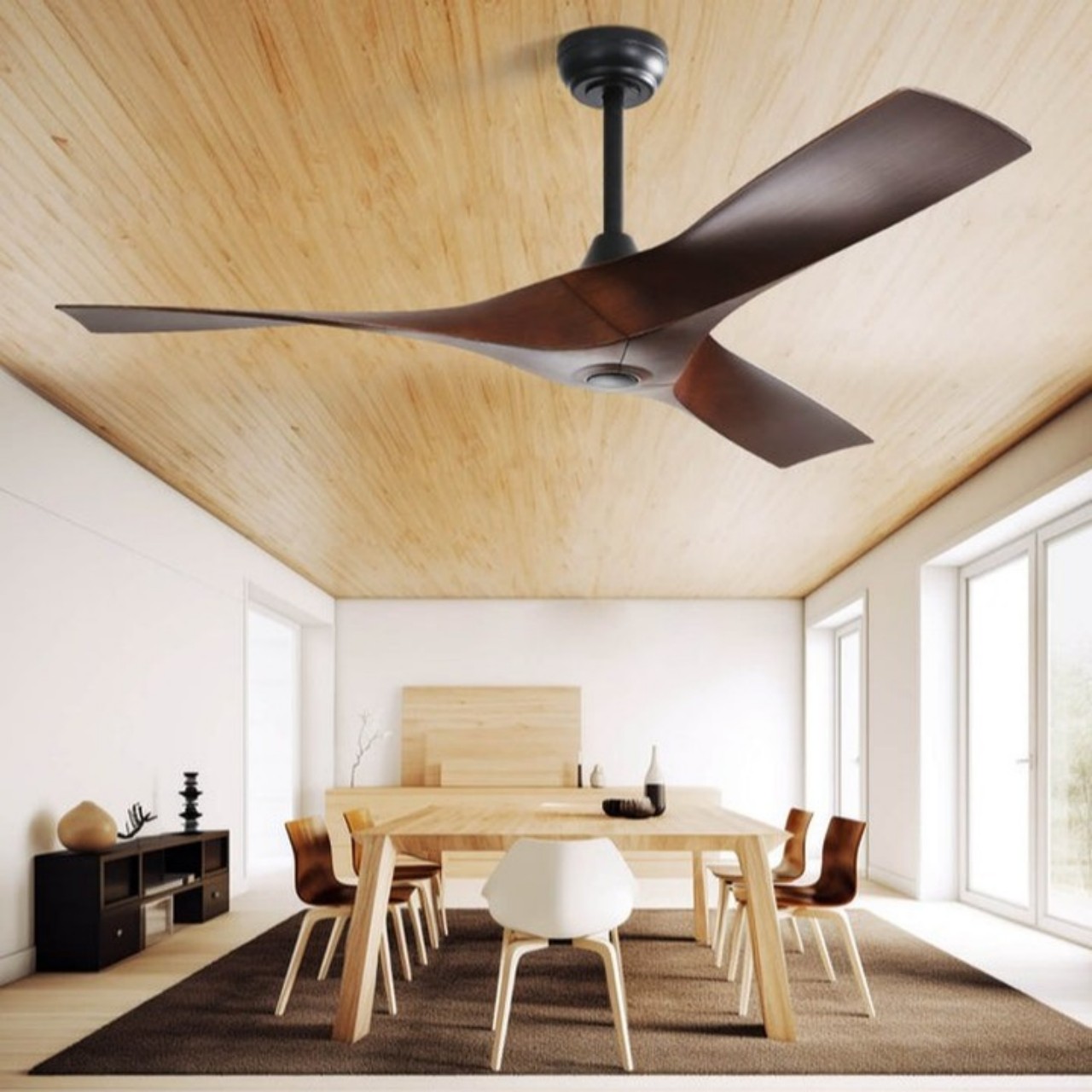
Designer: Sofucor Fan
Turning on the fan creates a comfortable indoor environment. In dry climates, you can use an evaporative cooler, which adds moisture to the air and reduces indoor temperature.
Use Exhaust Fans in the Kitchen and Bathroom
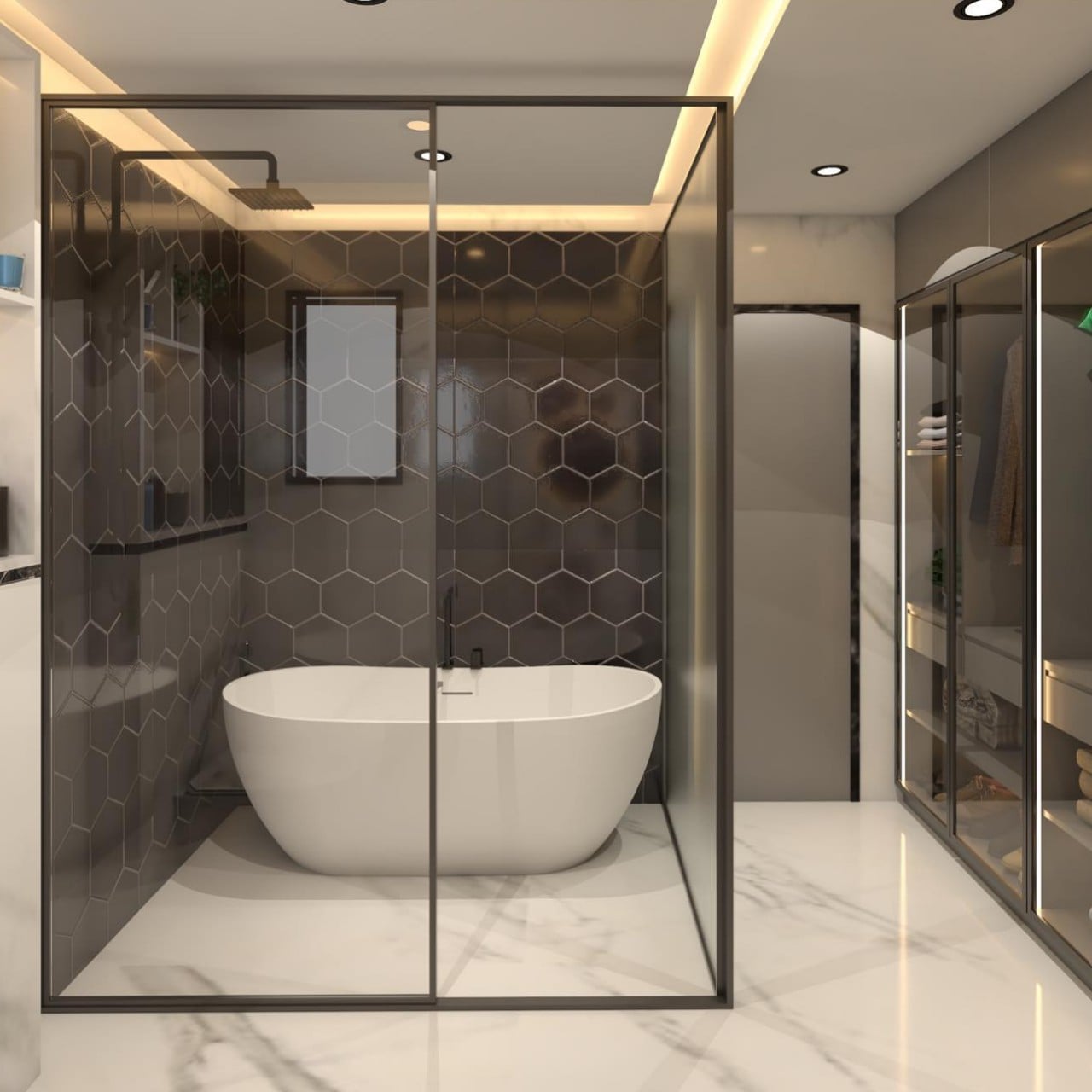
Designer: Khushi Suriya (Matter of Space)
Switching on the exhaust fan in the kitchen helps eliminate hot and moist air generated during cooking. Similarly, using the bathroom fan helps expel hot and humid air from indoors to outdoors, especially after a steamy shower.
Swap Incandescent Bulbs
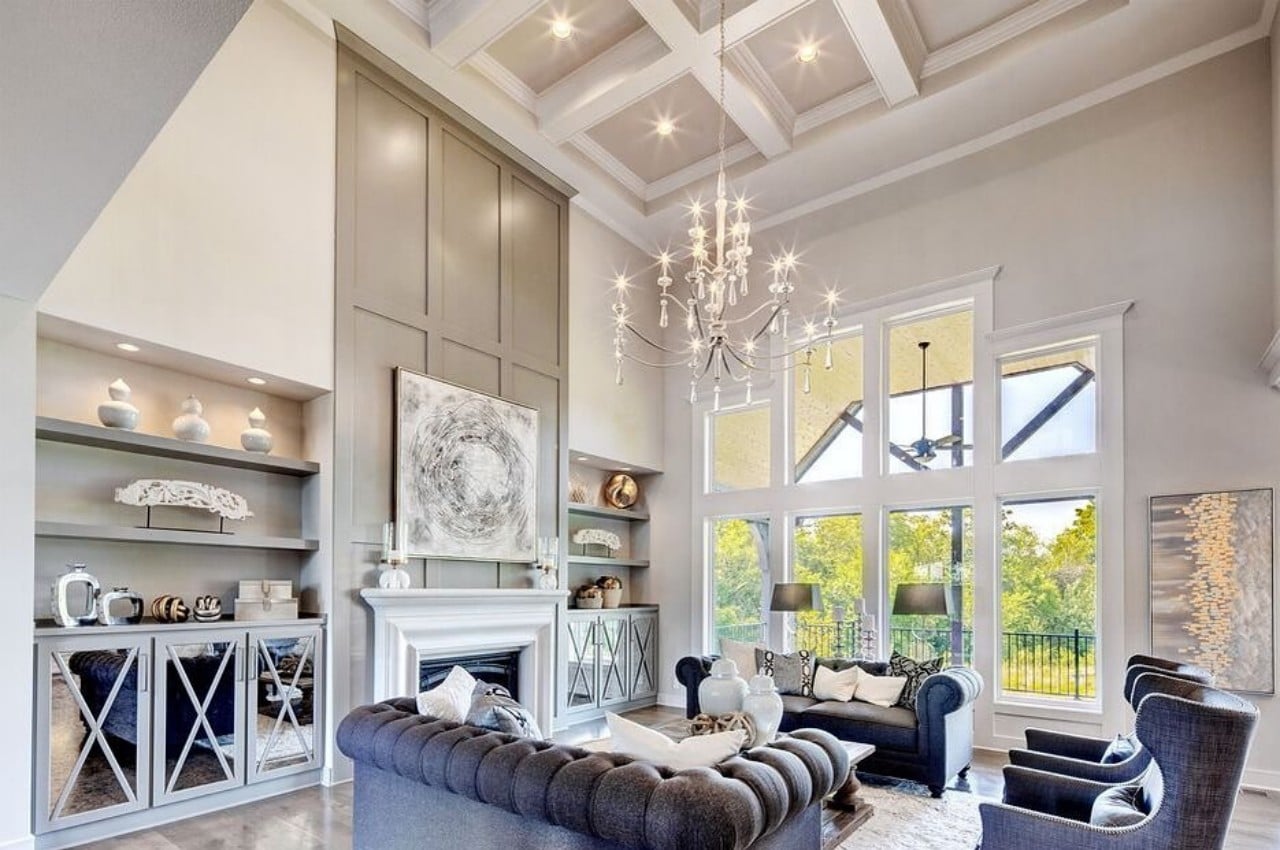
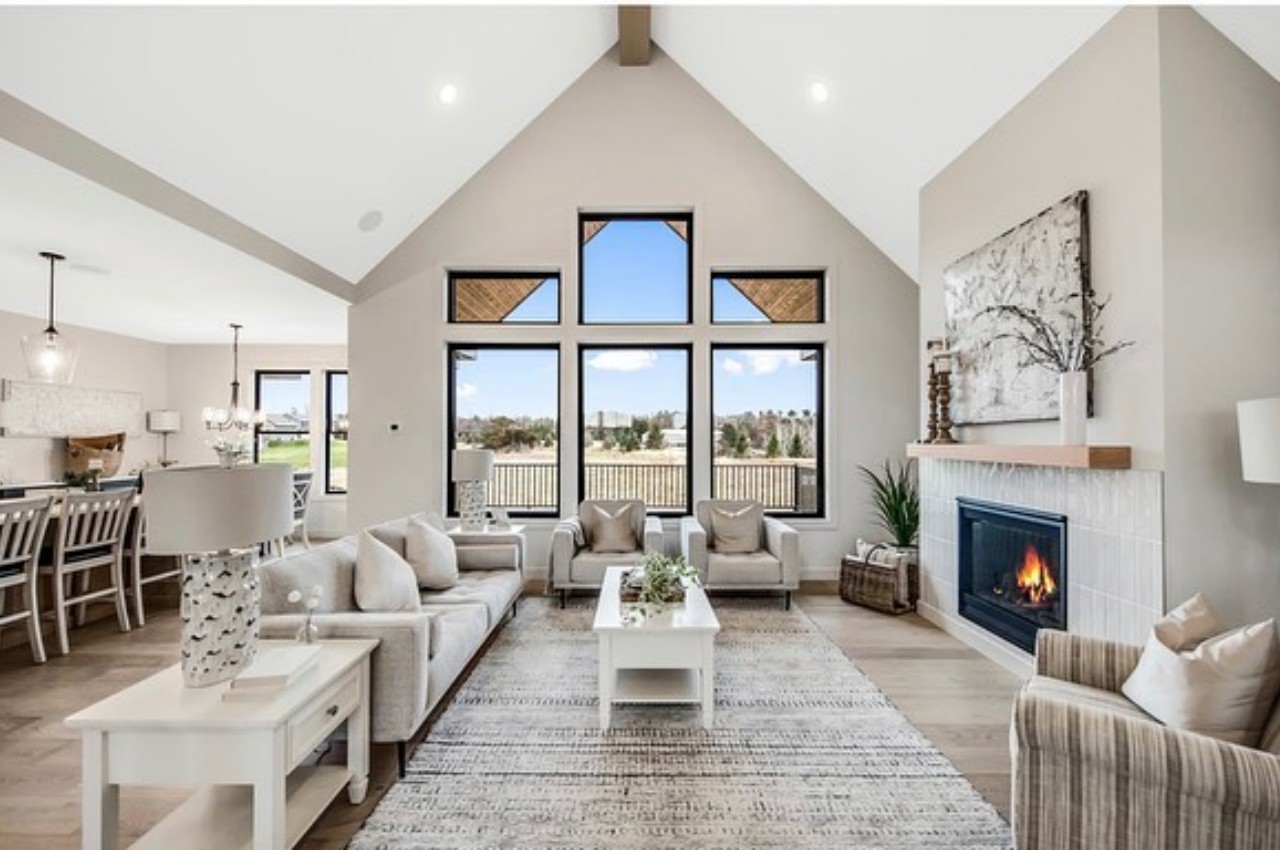
Designer: Carmen Cyrzan
Incandescent bulbs waste approximately 90 percent of the energy they consume. Consider switching to CFL (compact fluorescent lamps) or LED (light-emitting diode) bulbs. Not only do they help keep your home cooler, but they also reduce your electricity bill, have lower carbon emissions, and do not contribute to global warming. During the day, it is advisable to maximize the use of natural light by refraining from switching on the lights.
Install a Dehumidifier
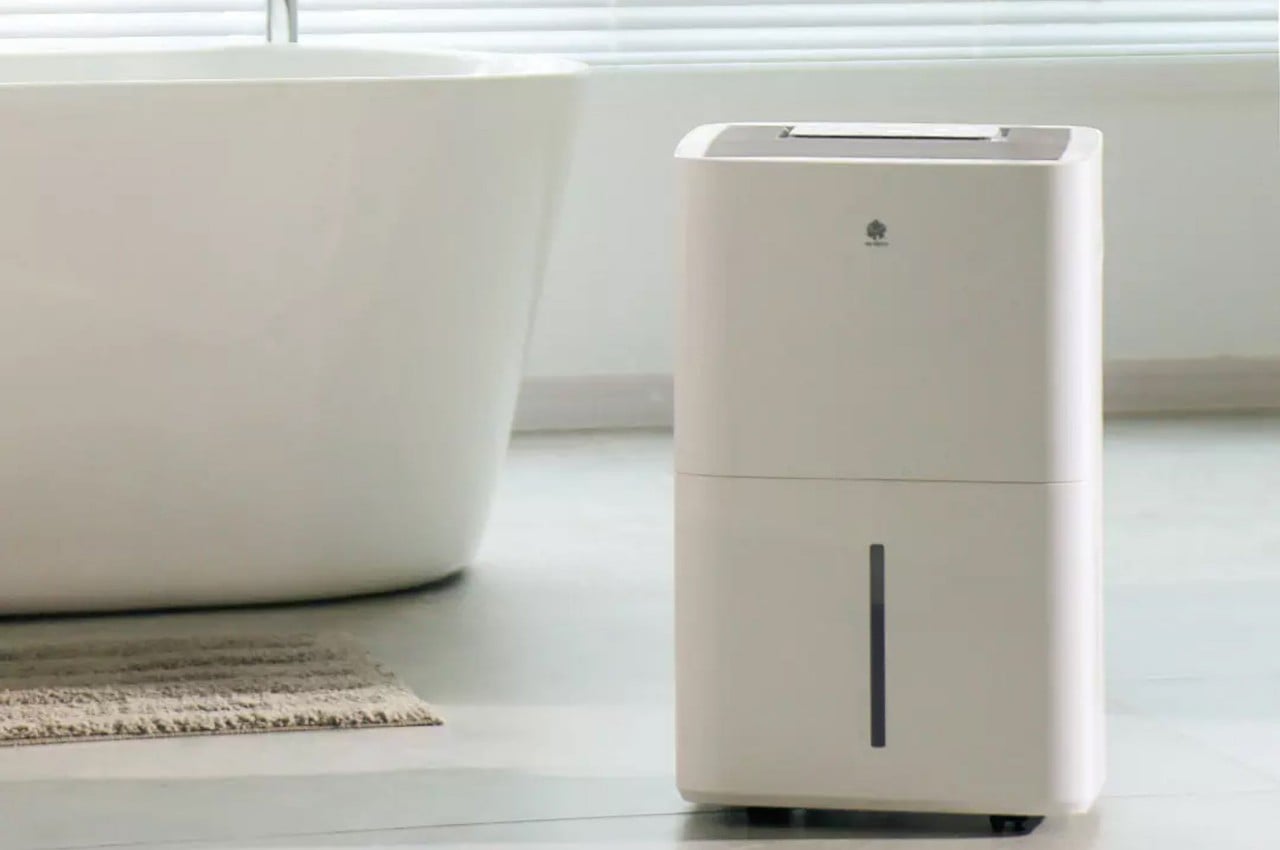
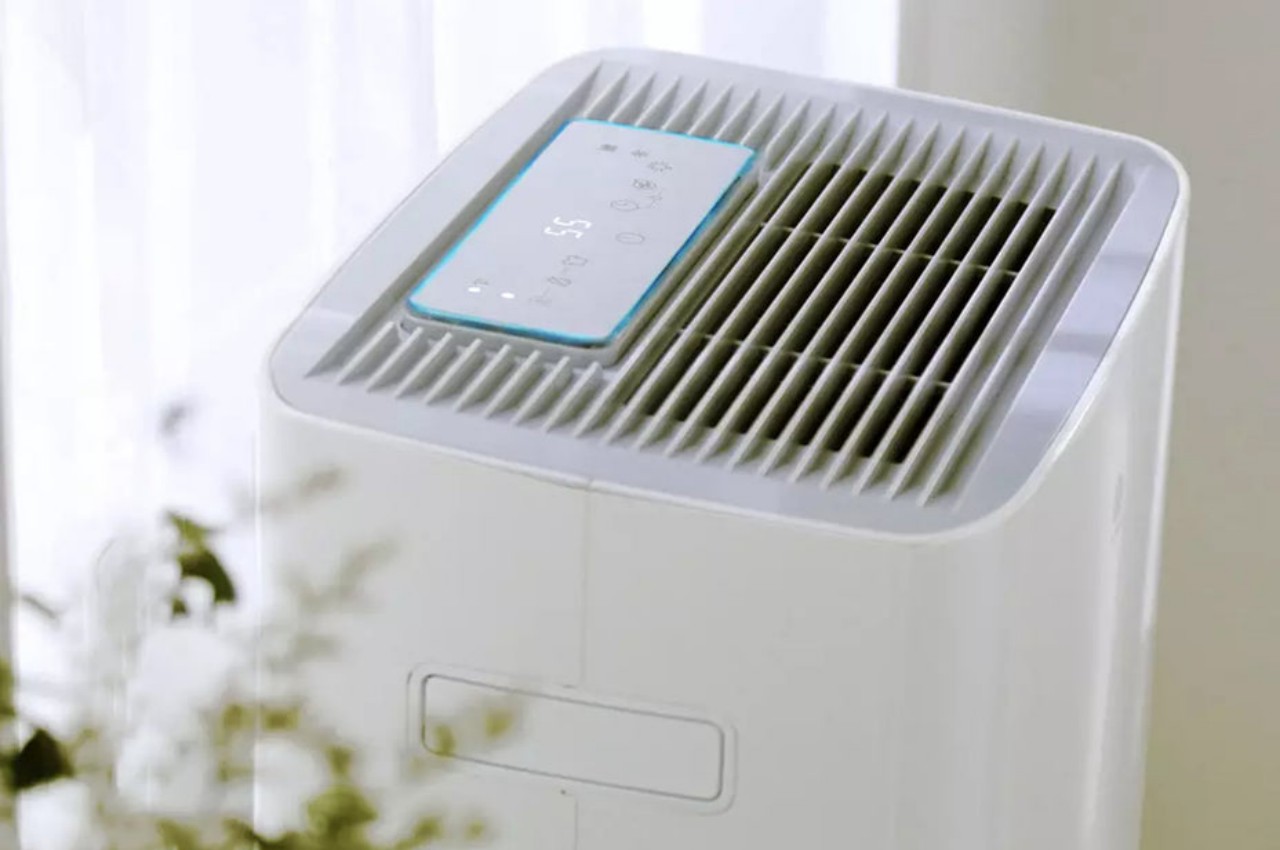
Designer: Xiaomi
In humid climates, high humidity levels can make the summer months uncomfortable. Therefore, investing in a dehumidifier can help maintain a comfortable environment in your home during these humid months. It’s important to note that a dehumidifier does not directly reduce the summer temperature but rather controls the hot and sticky humidity that contributes to discomfort. These devices extract moisture from the surrounding air, and it is recommended to keep indoor humidity below 60 percent.
Consider Insulated Window Films
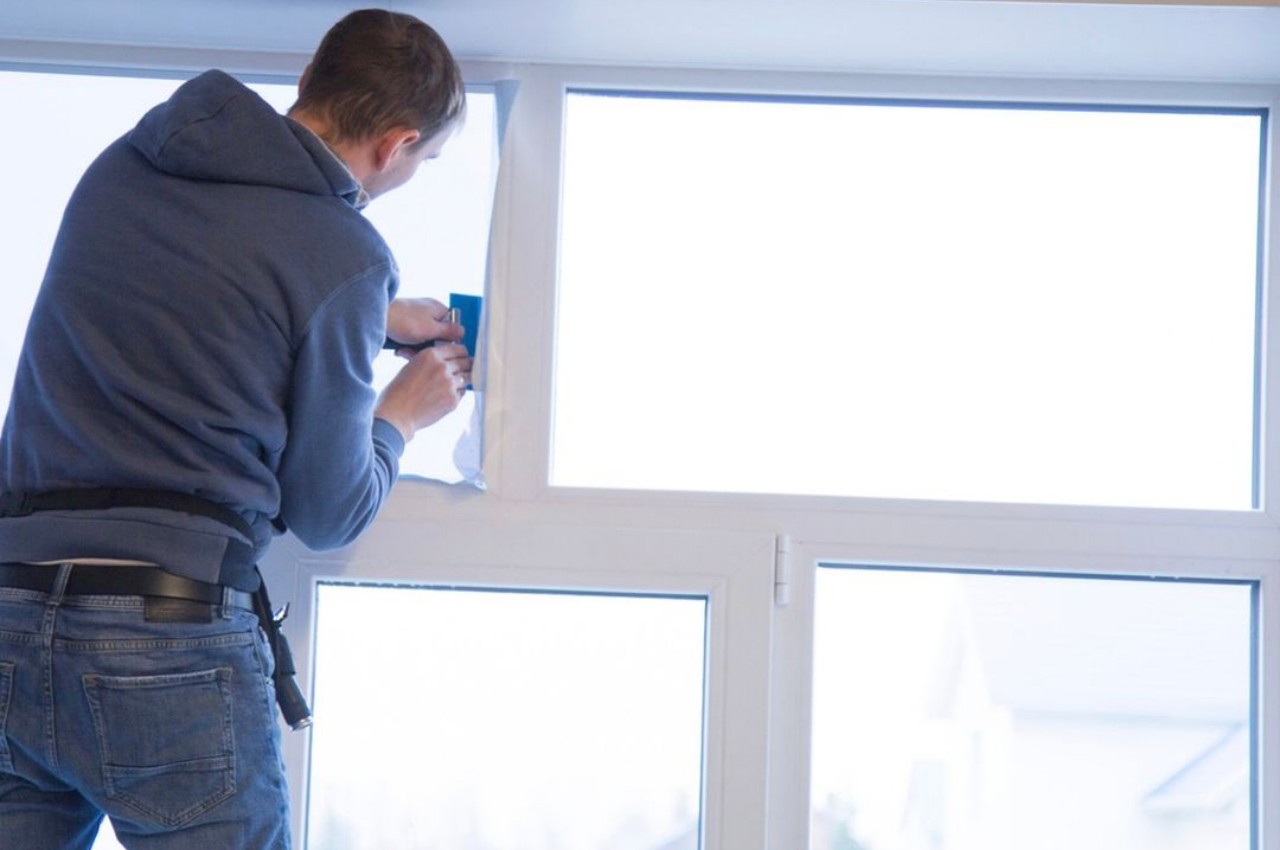
Designer: Window Makeover
Consider installing insulated window films, as it forms an insulating barrier between the indoors and outdoors. It helps in reducing energy costs by preventing the penetration of sunlight indoors and allows one to enjoy outdoor views.
Bring in Plants
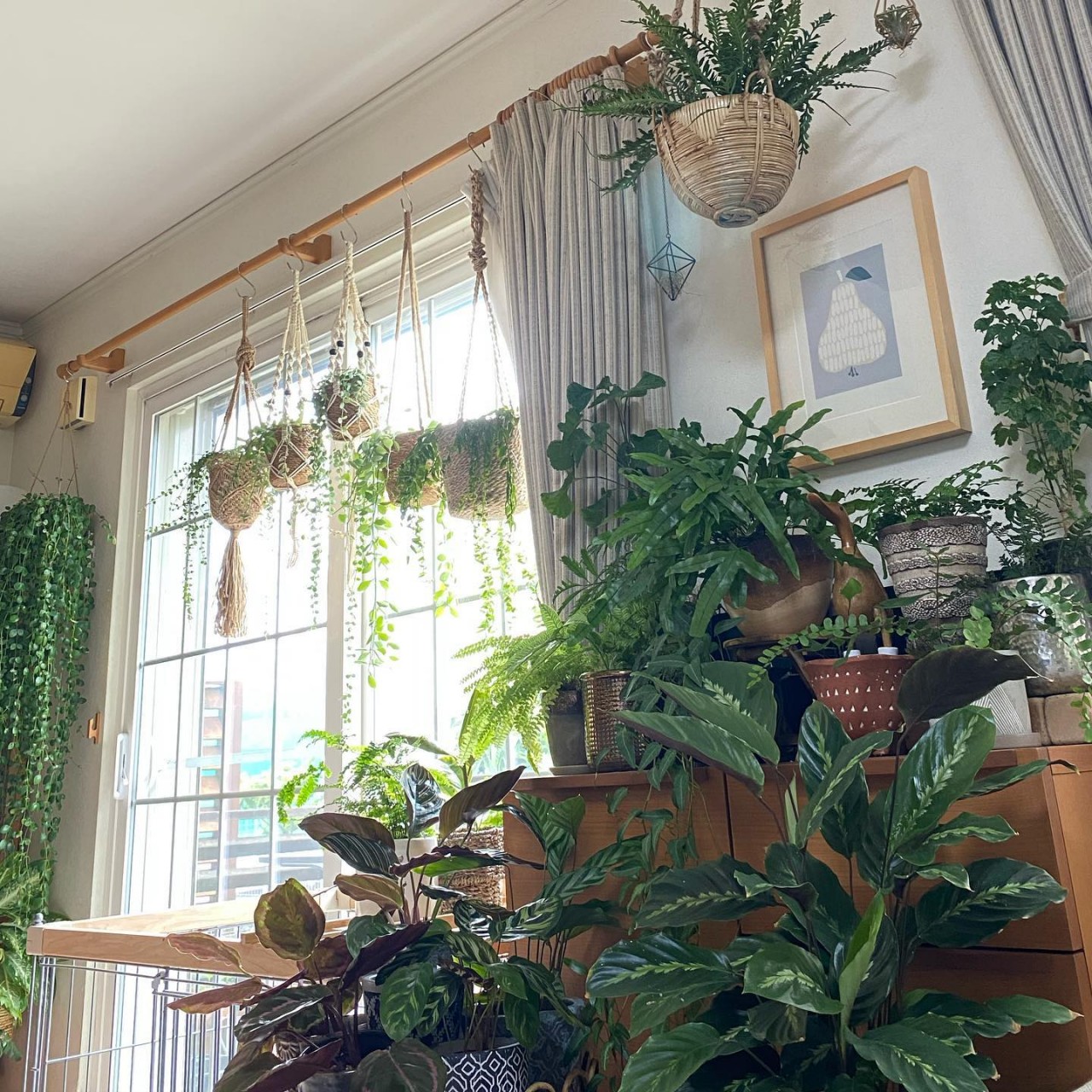
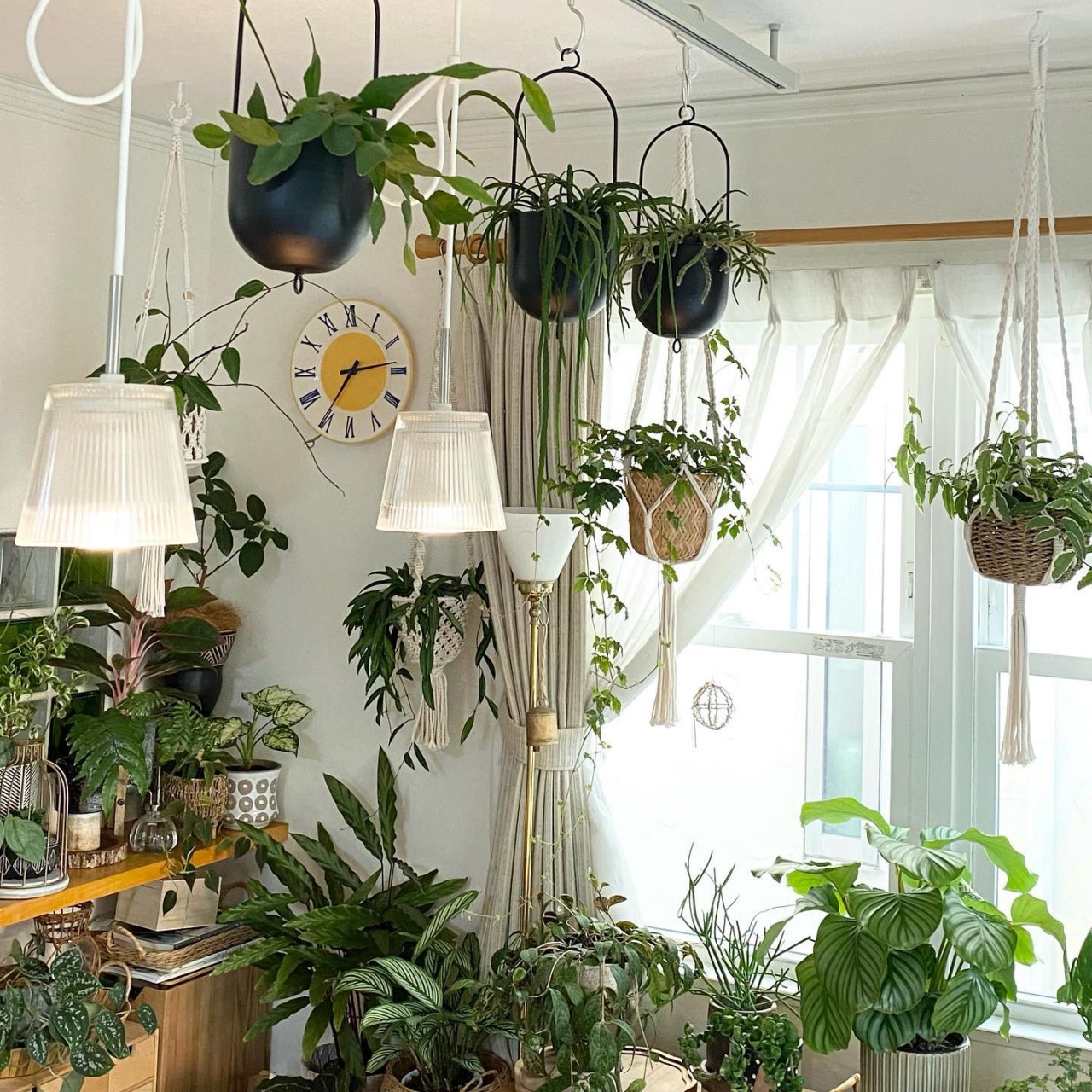
Designer: Time with Liberty
Plants and trees help keep the surrounding air cool via the process of transpiration. Planting vines that grow along the windows can provide natural shade and help block sunlight that heats the external walls. It is advisable to grow shady deciduous trees along the boundary of the house as they cast shade over the home in summer and bring in sunshine throughout winter.
Choose Organic Materials
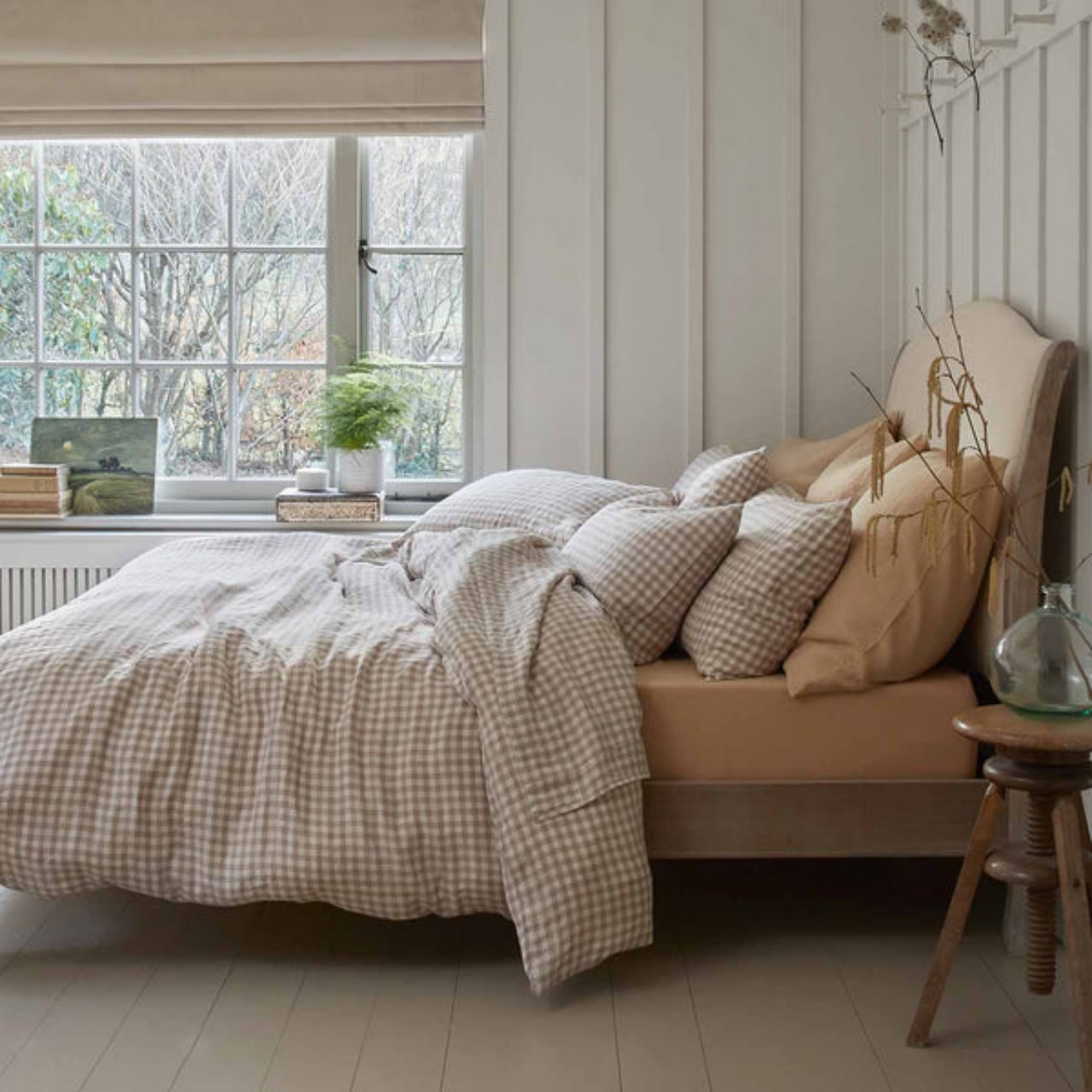
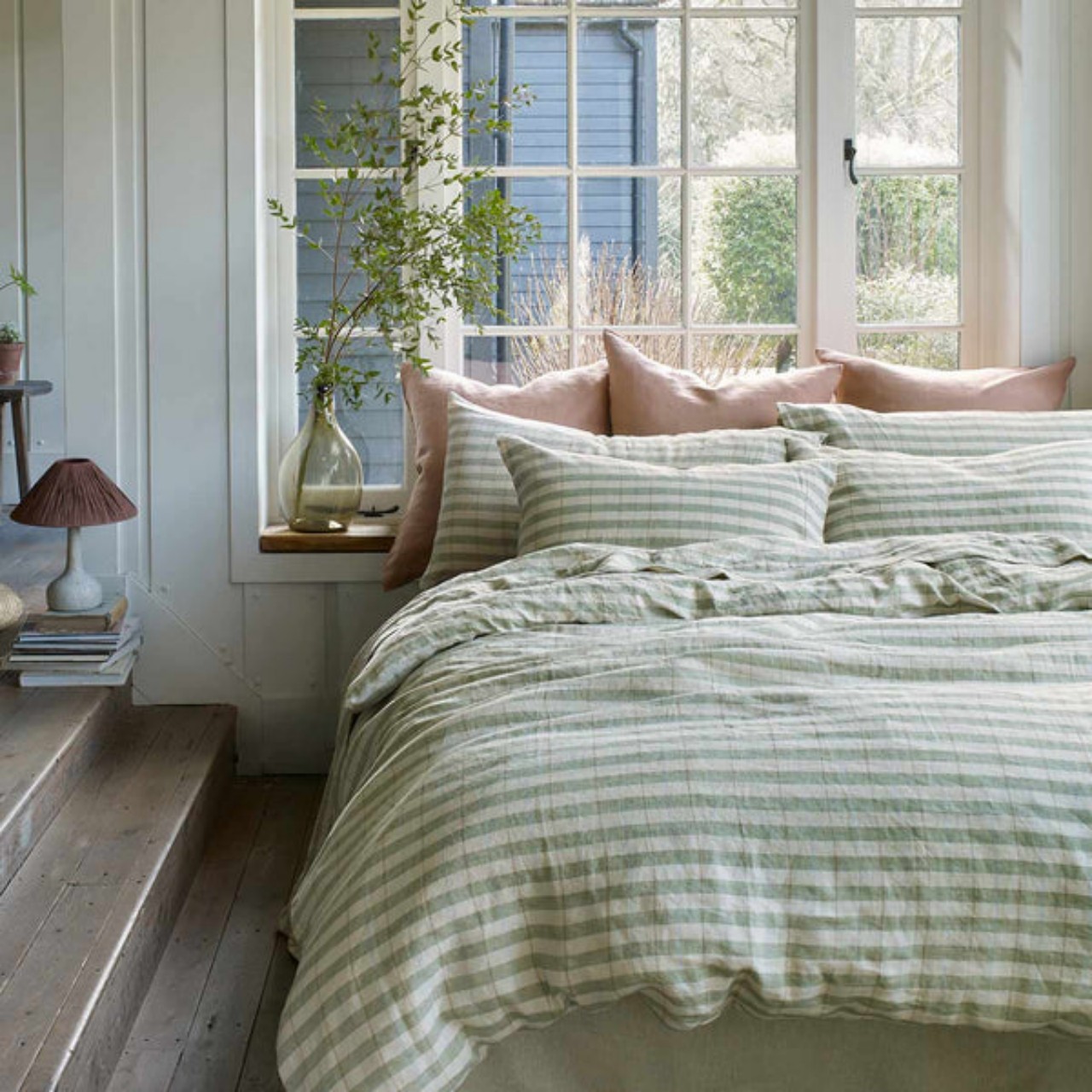
Designer: Piglets in Bed
Good sleep is essential for rejuvenation, so one must not let heat disturb your sleep. Switch your bed linen seasonally, as materials like silk or polyester are best suited for cooler nights. Consider using light-colored bed linen and cotton sheets, as they are breathable materials that promote good ventilation and airflow. Additionally, these natural fibers help you stay cool while sleeping. Opt for soothing shades such as white and pastel colors, as they reflect light and absorb the least heat. On the contrary, darker shades absorb heat and radiate it around the home.
Invest in a Cooling Pillow or Pad
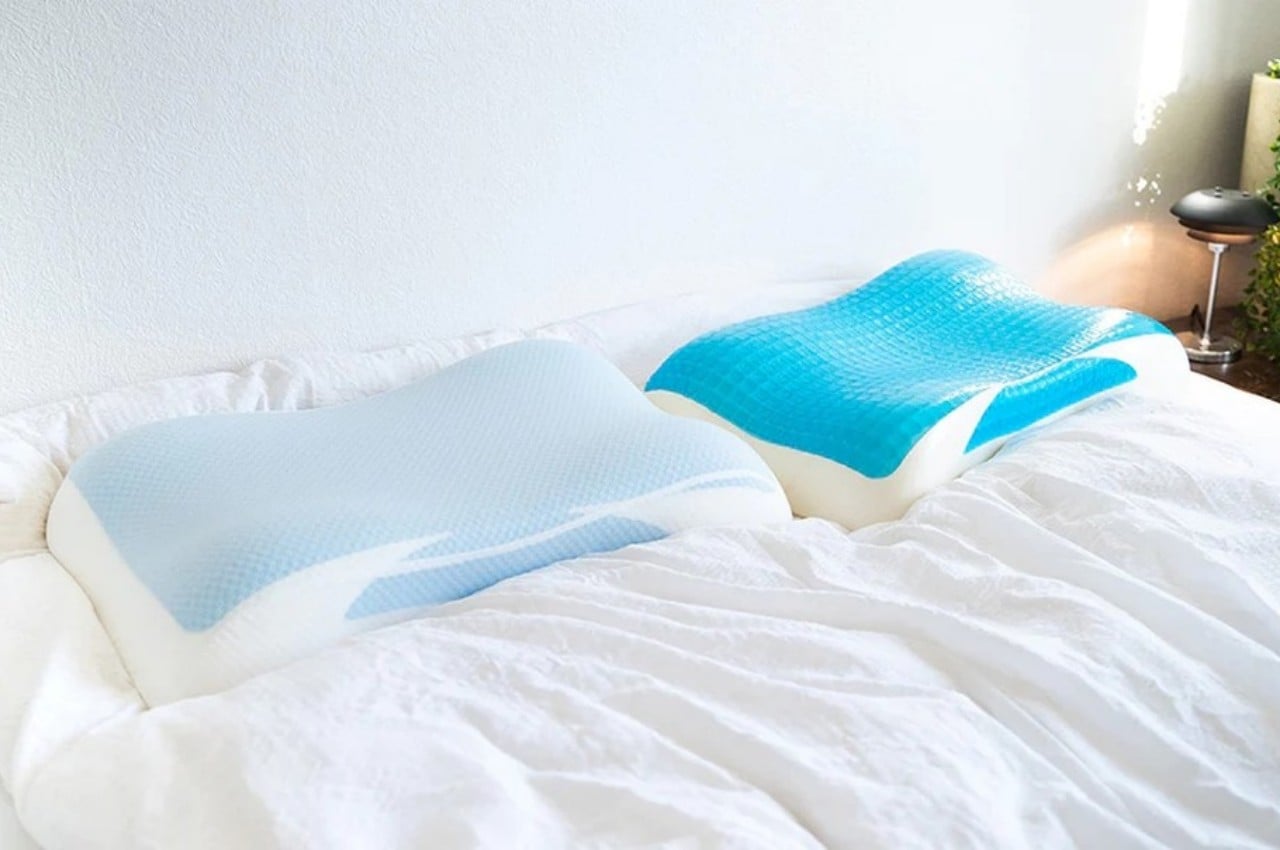
Designer: Nantong Jialang Home Supplies
A cooling pillow or pad can draw heat from the head and is a great way to reduce or eliminate night sweats.
Bare the Floor

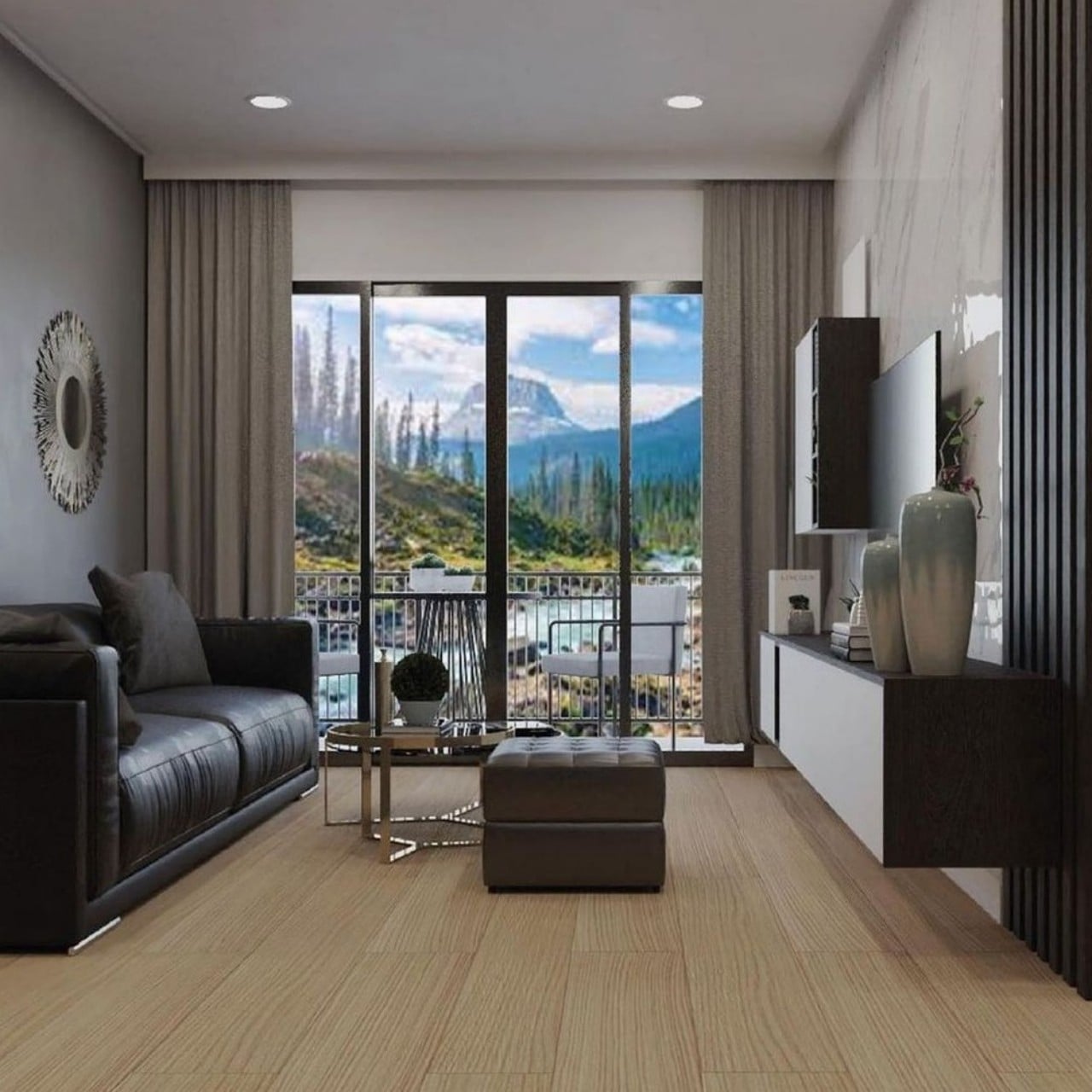
Designer: FCML Coimbatore
Carpets and rugs can raise the indoor temperature as they absorb and retain heat, radiating it back into the room. Consider removing carpets and rugs to reduce the indoor temperature.
Paint the Terrace White
Roofs receive a significant amount of heat from the scorching sun. One effective measure is to paint the roof with white reflective paint so that it reflects the heat of the summer sun. This is highly recommended for houses directly under the roof of a high-rise building.
Create a Green Roof
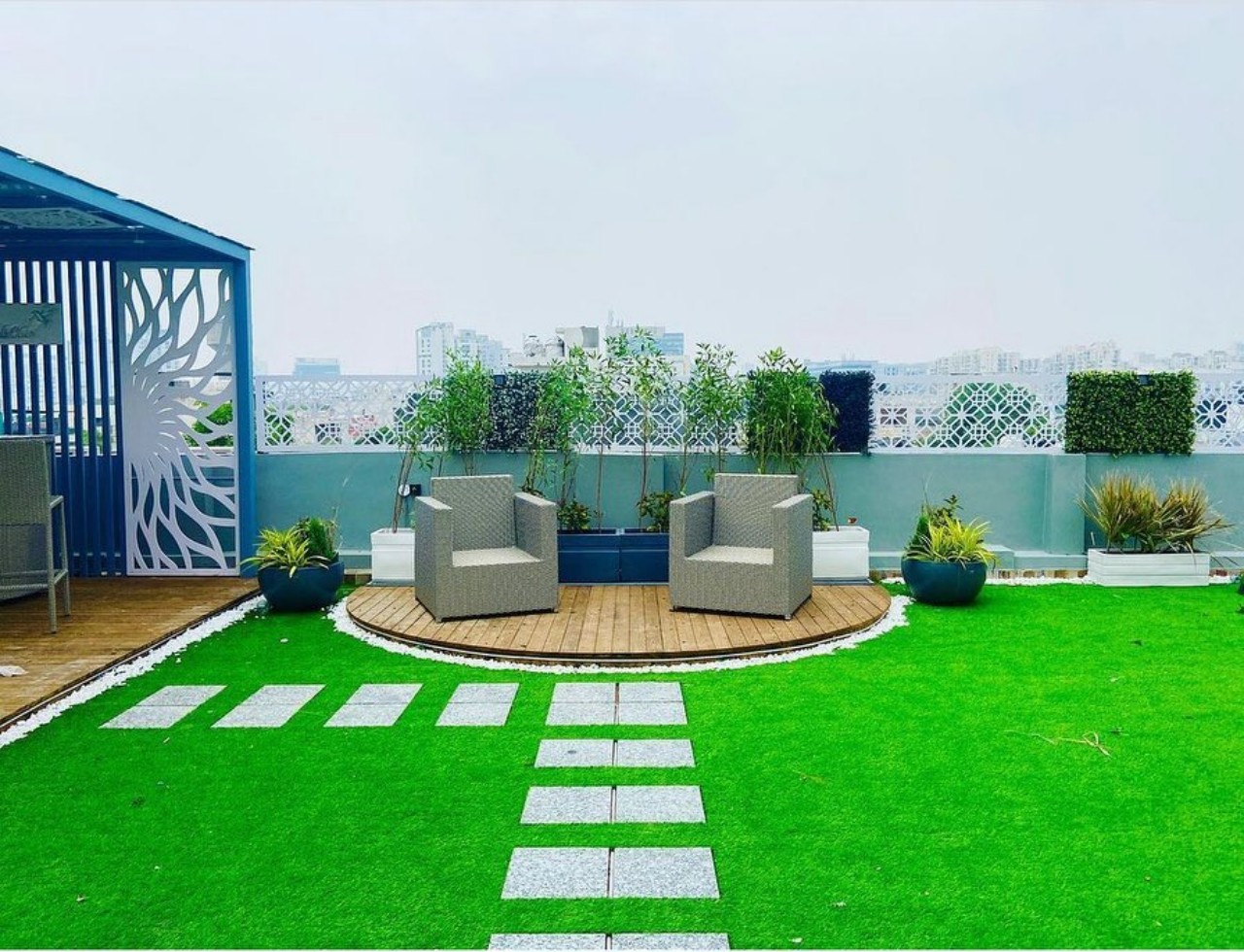
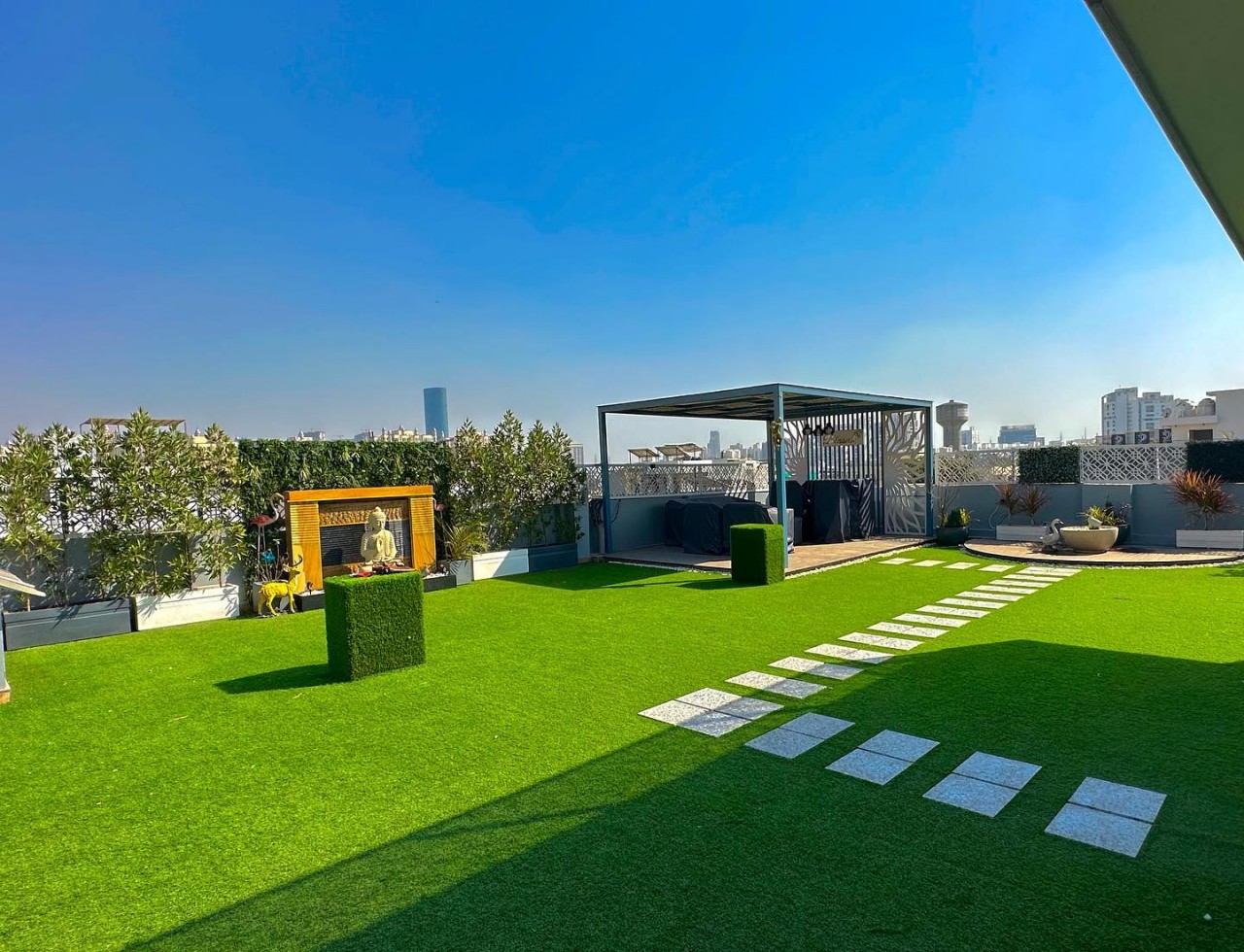
Designer: Green World Studio
Create a green roof or add plenty of potted plants. A roof garden helps to block heat as the plants and soil in the potted plants effectively absorb the heat that hits the roof. It is one of the simplest ways to prevent heat from entering through the roof and keeps the indoors cooler.
The implementation of these strategies will surely help individuals maintain a cool environment, minimize the use of air conditioning, and effectively beat the summer heat.
The post How to Keep Your Home Cool Without AC first appeared on Yanko Design.
via https://ift.tt/FfxhJK8
Post a Comment
Note: Only a member of this blog may post a comment.